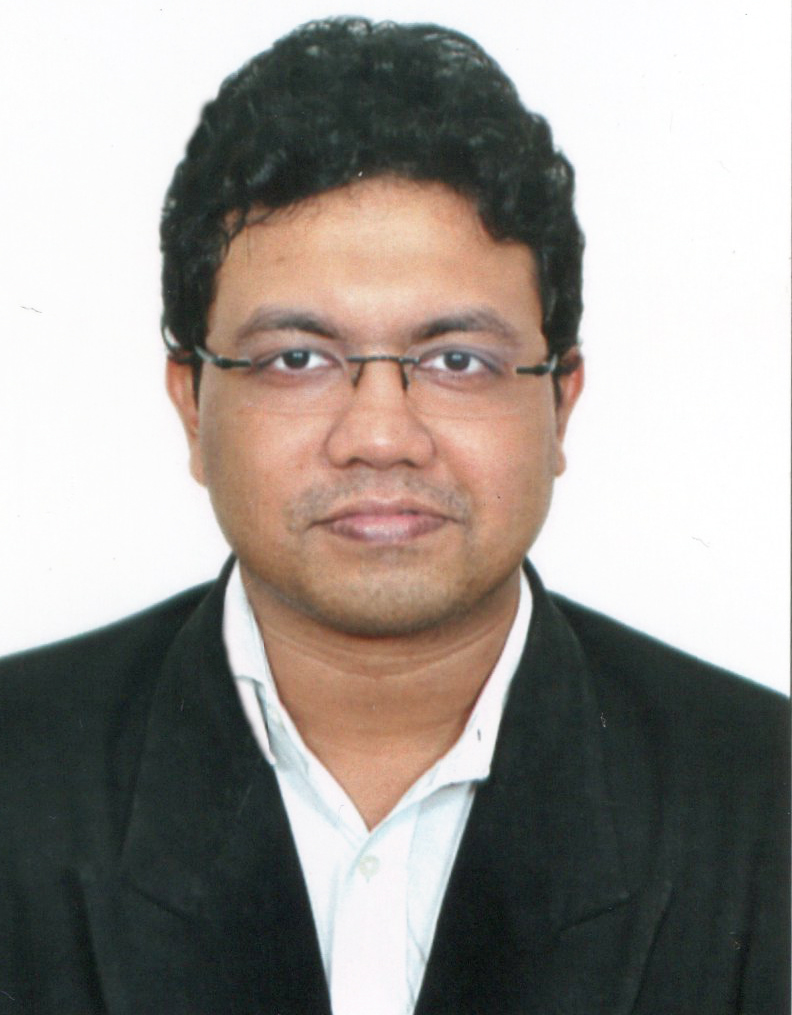WHAT IS A VASCULAR DISEASE?
In our ageing population, vascular disease is a common cause of disability and mortality. Vascular disease or disease of the blood vessels can be categorized as those affecting the arteries (blood vessels carrying blood away from the heart) and those affecting the veins (blood vessels carrying blood to the heart)
Diseases affecting the arteries:
Most of the diseases affecting the arteries are associated with atherosclerosis or thickening of the artery walls due to deposits of fats. This may cause blockage of the affected vessels resulting in a decreased blood supply to the organs or parts of the body that are supplied by these vessels.
Depending on which parts are affected, you may end up with:
Diseases affecting the veins:
These include:
Varicose Veins:
These are dilated and engorged veins in the legs which may lead to pain, discoloration and ulcers which do not heal easily.
Deep venous thrombosis:
This is another common vascular disorder where blood clots form in the veins
If the blood clots break away and move to the lungs, they can cause pulmonary embolism which is life threatening.
WHAT IS VASCULAR AND ENDOVASCULAR SURGERY?
It is a field of medicine that is concerned with the diagnosis, treatment and prevention of diseases of the arteries, veins and lymphatics. There are more and more people affected with vascular diseases. Good news is that the range of diagnostic tests and treatment is also increasing.
Vascular and endovascular surgery is now a highly specialized area where the vascular surgeon uses his specialized clinical skill to assess and treat vascular diseases with the help of open surgical, endovascular and other surgical modalities.
WHEN DO YOU NEED TO CONSULT A VASCULAR SURGEON?
• Upper and lower limb swelling
• Upper and lower limb pain
• Ulcers
• Diabetic foot infections
• Dilated Veins (Varicose)
• Deep venous thrombosis
• AV Fistula / Graft
• Gangrene
• Coldness of limb
• Diminished hair or nail growth
• Claudication / rest pain
• Discoloration
• Hyperpigmentation
• AV malformation
• Raynauds phenomenon
• Weakness of extremities
• TIA
• Syncope
• Sudden Blindness
Services
Non invasive investigations:
Invasive investigations:
Scope of Services for Vascular and Endovascular Surgery
- Peripheral Arterial Disease
- Diabetic Foot and Limb Salvage
- Varicose Veins and Ulcer Management
- Dialysis Access – Fistula and Graft
- Deep Venous Thrombosis
- Abdominal Aortic Aneurysm Repair
- Carotid Disease Management and Surgery for stroke
- Endovascular aneurysm repair (EVAR)
- Peripheral Arterial Aneurysms
- Diagnostic Angiography
- Catheter Based Angioplasty and Stenting
- Minimally invasive dialysis access salvage
- Vascular Trauma and malformations
- Vascular screening services
HOW ARE VASCULAR DISEASES TREATED?
General Management:
Medication:
Surgery:
Vascular surgery deals with all blood vessels except in the heart and brain. These can be done as an open surgery or closed as “endovascular” procedures which involve using catheters, balloons, stents that are inserted into the arteries through skin punctures.
The open vascular surgical reconstruction techniques include:
The endovascular procedures include:
♦ Angioplasties and stenting: It involves opening up narrowed vessels with balloons and reinforced with stents which are inserted inside the narrowed area to enlarge the segment.
♦ Endoluminal stent grafting: Endoluminal stent grafting of aortic aneurysms and dissections involves putting a tube from within the artery, so that affected area is covered by a strong layer within
♦ Catheter administered thrombolytic therapy: This involves injection of drugs into the affected part to dissolve the clot
♦ Insertion of vena caval filters: Venacaval filters are mechanical devices placed in the vein to prevent large blood clots in the leg veins from going to the lung arteries (pulmonary embolism)
Other forms of treatment:
